Comparing Skin Rashes: Causes & Symptoms
By Clara Vandermeer / Oct 27
Everyday encounters with common products can lead to unexpected skin reactions. By understanding the nuances of contact dermatitis, you can take proactive steps to protect your skin and enhance your overall well-being.
Understanding the distinction between Irritant and Allergic Contact Dermatitis is crucial for effective management and prevention. The visual below highlights their primary characteristics and triggers.
Contact dermatitis is a frustrating skin condition that can arise from various everyday irritants. Understanding the differences between irritant and allergic types is crucial for effective management. Let’s dive into the definitions and examples that can help you identify and address these issues!
Contact dermatitis comes in two main forms: irritant contact dermatitis and allergic contact dermatitis. Irritant contact dermatitis occurs when the skin comes into direct contact with a substance that causes direct damage. This can be as simple as washing your hands too frequently with harsh soap. For a comprehensive overview of contact dermatitis, including both its irritant and allergic forms, you can refer to resources like the National Eczema Association.
On the other hand, allergic contact dermatitis happens when your immune system reacts to a substance. For instance, nickel found in jewelry can trigger this reaction for some individuals. Understanding these differences is key to avoiding and treating each type effectively.
Recognizing common irritants is vital for preventing contact dermatitis. Everyday products, such as soaps and detergents, can lead to irritation if they contain harsh chemicals. Additionally, certain metals and solvents can also provoke skin reactions. The National Center for Biotechnology Information (NCBI) offers further insights into the various causes and clinical manifestations of contact dermatitis.
Here are some common irritants you should be aware of:
The symptoms of contact dermatitis can vary widely and may include redness, swelling, and itching. Sometimes, blisters may form, leading to discomfort. It’s essential to recognize these signs early to prevent worsening of the condition.
However, diagnosing contact dermatitis can be challenging due to its similarity to other skin conditions. Keeping a diary of your symptoms and any new products you’ve used can help you and your dermatologist pinpoint the culprit.
Many individuals are exposed to irritants at work that can lead to contact dermatitis. For example, healthcare workers may come into contact with latex gloves or cleaning agents, while factory workers might handle metals or solvents. It’s important to be aware of your environment and the substances you interact with daily. Research published in Frontiers in Medicine highlights the critical role of understanding occupational contact dermatitis.
To reduce your risk, consider the following preventive measures:
Allergic reactions can significantly impact skin health, especially if you're sensitive to common allergens like nickel and latex. Nickel allergy is prevalent and can manifest as redness, itching, and even blistering upon contact with nickel-containing items. Similarly, latex allergies can cause severe reactions for those with sensitivities.
Identifying these allergens is critical for effective management. If you suspect an allergy, consulting a healthcare professional can lead to appropriate testing and personalized advice.
To effectively manage contact dermatitis, consider performing a patch test when trying new products. Apply a small amount of the product on a discreet area of your skin and observe for any reactions over 48 hours. This simple step can help you identify potential irritants before they cause a full-blown reaction!
In this article, we’ve delved into the world of contact dermatitis, exploring its various forms, common irritants, and effective prevention strategies. It's essential to recognize that being informed is the first step toward achieving healthier skin. By understanding the difference between irritant and allergic contact dermatitis, you can make better choices for your skin health!
Key points to remember include the diverse range of everyday irritants that can trigger symptoms, the importance of recognizing early signs, and the proactive steps you can take to minimize risks. Awareness and education empower you to manage skin conditions effectively.
By integrating these strategies into your routine, you can significantly improve your skin health and enhance your overall well-being. Remember, you’re not alone in this journey, and resources like What Are Rashes are here to help guide you!
Now that you're equipped with valuable insights about contact dermatitis, I encourage you to take charge of your skin health! Consult your healthcare professional for personalized advice tailored to your skin's needs. Don't hesitate to explore options that can help you manage contact dermatitis effectively.
Whether you’re dealing with persistent rashes or are simply looking to educate yourself further, remember that proactive steps can lead to improved skin health. Let’s empower ourselves with the right knowledge and resources. For more tips and guidance, feel free to visit What Are Rashes and join a community focused on healthier skin!
Here is a quick recap of the important points discussed in the article:
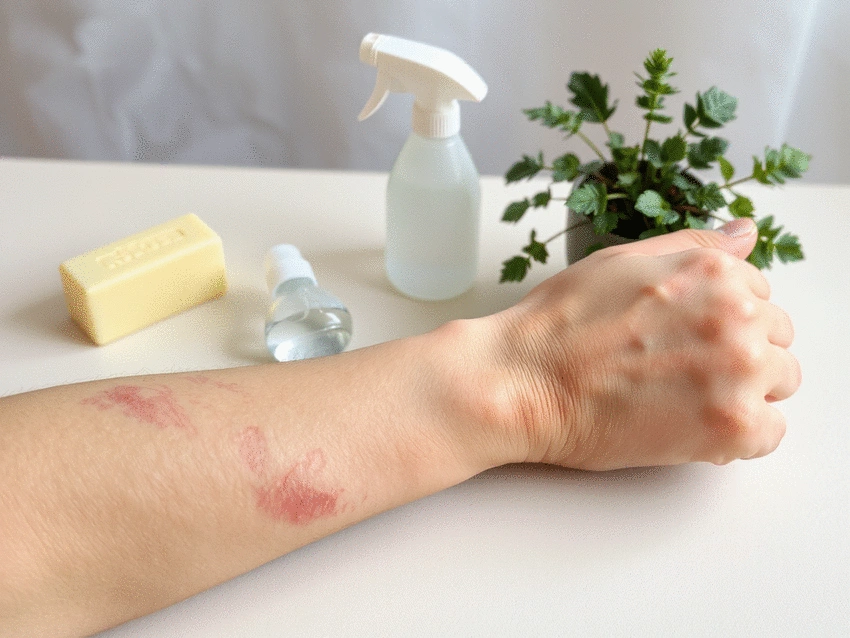
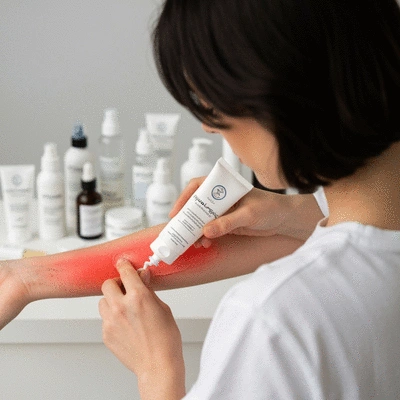

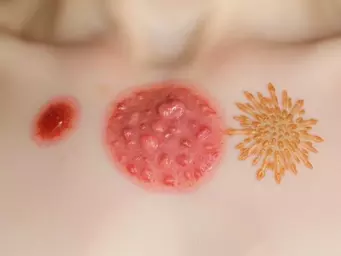 Comparing Skin Rashes: Causes & Symptoms
In the realm of skin health, recognizing the different types of rashes can be the difference between
Comparing Skin Rashes: Causes & Symptoms
In the realm of skin health, recognizing the different types of rashes can be the difference between
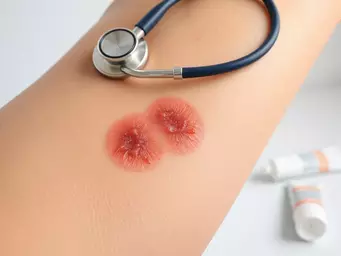 Identifying and Treating Ringworm
Have you ever wondered how a simple skin rash could create so much confusion? Understanding ringworm
Identifying and Treating Ringworm
Have you ever wondered how a simple skin rash could create so much confusion? Understanding ringworm
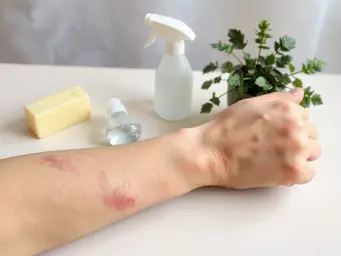 Understanding Contact Dermatitis Causes
Everyday encounters with common products can lead to unexpected skin reactions. By understanding the
Understanding Contact Dermatitis Causes
Everyday encounters with common products can lead to unexpected skin reactions. By understanding the